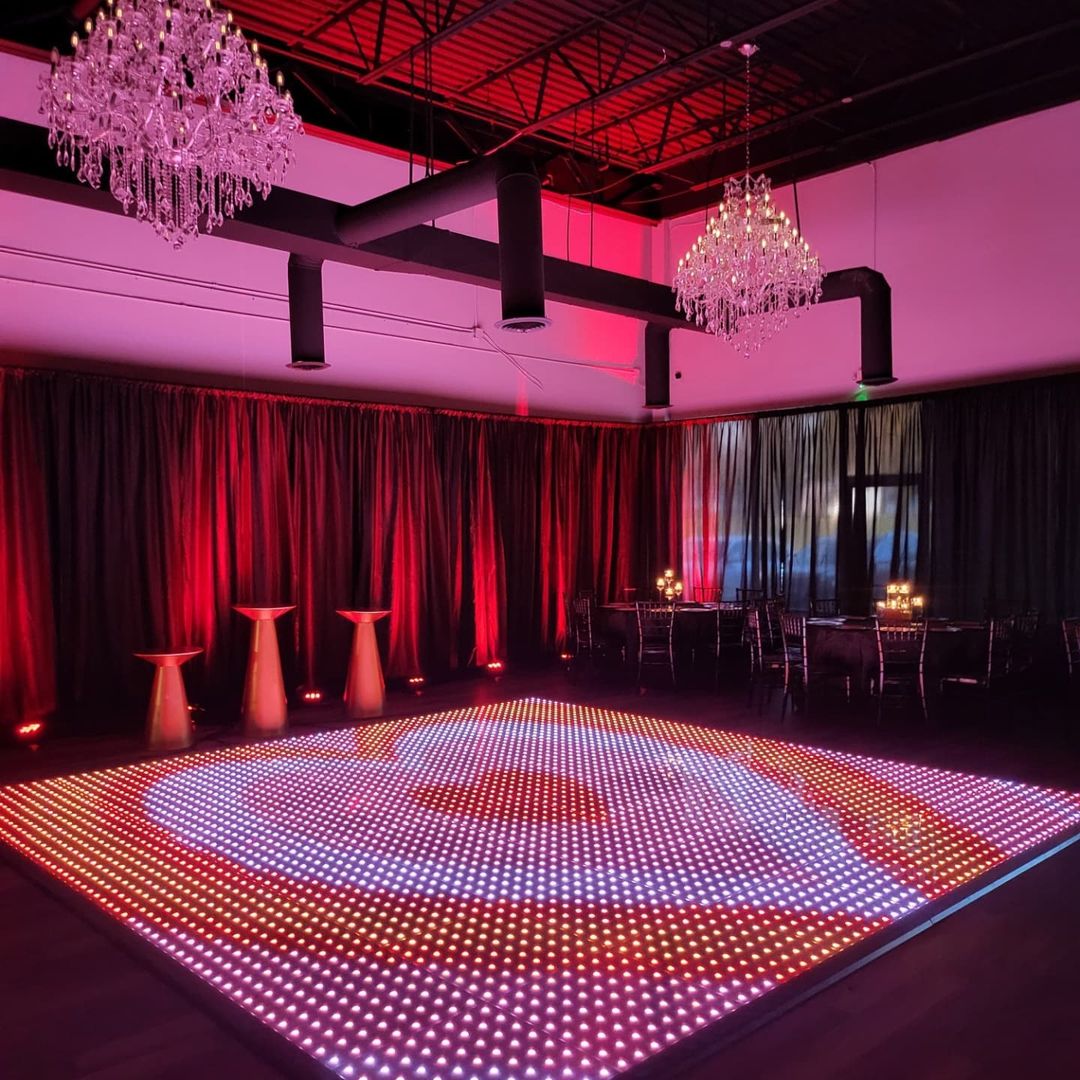Ensuring Protection and Fun on the Disco Floor: Recognizing and Reducing Common Dangers
Ensuring Protection and Fun on the Disco Floor: Recognizing and Reducing Common Dangers
Blog Article
Dancing activities is a popular pastime that unites people collectively, whether at a party, a dance venue, or a unique occasion. Yet, although dancing can be a lot of enjoyment, it is essential to keep safety in consideration. The dance area can pose various hazards that may lead to accidents or mishaps if not addressed properly. By identifying and mitigating these common hazards, event organizers and dancers can ensure a safe and pleasant experience for all.
One of the most notable hazards on the dance area is the threat of slipping up or falling. This can occur due to spills, uneven ground, or overcrowded spaces. To prevent these accidents, it is crucial to maintain a clean and dry dance area. Event organizers should frequently check the area for any leaks or obstacles and remove them up right away. Furthermore, making sure that the dance floor is well-lit can help dancers identify potential hazards, reducing the chances of falling. Dancers should also be mindful of their surroundings, steering clear of packed areas where they may be shoved or tripped.
Another common problem on the dance floor is the possibility for injuries caused by overcrowding. When too many individuals congregate in one area, it can lead to bumps, contusions, and even more grave injuries. To prevent overcrowding, locations should establish a limit capacity for the dance floor and monitor it closely. Event coordinators can use view publisher site fencing or ropes to create specific areas for dancing, which can help control crowd flow. Additionally, motivating dancers to be aware of their space and to consider others can create a safer environment for everyone.
Injuries can also occur from unsuitable footwear. Wearing shoes that are not suitable for dancing can lead to falls, injuries, or foot injuries. Dancers should select footwear that provides adequate support and traction. Event organizers can prompt guests to wear appropriate shoes by adding this information in invitations or communications. Providing a location for dancers to keep their shoes can also help keep the dance area secure and free from potential hazards.
Lastly, it is vital to consider the significance of health and wellness on the dance floor. Staying well-hydrated is important, especially during long periods of dancing. Dehydration can lead to lightheadedness, fatigue, and other health concerns. Event organizers should provide hydration stations or invite guests to carry water bottles. Additionally, it is imperative for dancers to pay attention to their bodies and take breaks as needed. By encouraging a healthy environment, everyone can enjoy dancing while minimizing the threat of health-related issues.
In conclusion, guaranteeing security and enjoyment on the dance floor requires awareness and preemptive measures. By identifying hazards such as try here slips, overcrowding, unsuitable footwear, and health issues, event organizers and dancers can work together to create a safe environment. Implementing these actions not only prevents accidents but also enhances the overall encounter for all involved. With proper precautions, the dance floor can remain a space of fun and community for all.